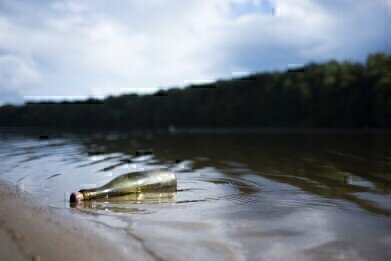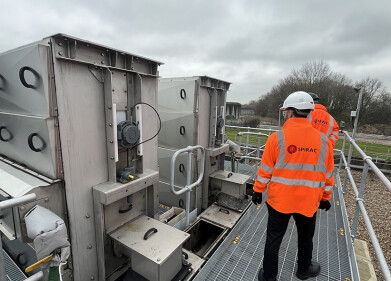Water/Wastewater
Where Does River Pollution Go?
Sep 14 2021
The UK’s rivers and waterways are in dire straits. The latest quality report found that less than half of all rivers in Wales qualify as “good” according to the criteria defined by the Environment Agency. In England, the proportion is a paltry 14%. This widespread contamination is caused by sewage, industrial wastewater discharge and, increasingly, agricultural run-off, among other sources. But where does it all go?
Of course, tackling the problem effectively would involve cutting off the pollution at its source, but the constantly moving nature of rivers and streams means that the issue doesn’t end there. Instead, the contaminants are washed into Britain’s lakes, reservoirs and eventually the seas and oceans surrounding the country, too. This can have devastating repercussions on the flora and fauna living in those environments, as well as potentially negatively impacting human life, as well.
Polluted lakes and reservoirs
There are over 30,000 freshwater lochs in Scotland alone, with hundreds more in the rest of Great Britain. Unfortunately, they find themselves in a worsening state of cleanliness due to the rampant pollution which pours into them from rivers and streams throughout the country. While there is still some dispute as to the best way to clean up flooded lakes and reservoirs, the preferable solution would undoubtedly be to avoid the contamination from occurring in the first place.
The ill-effects of this ever-increasing pollution are many and substantial. Sewage and plastic pollution are possibly the two things which spring immediately to mind when most people think of dirty rivers, but it’s actually agricultural run-off which is wreaking the most havoc. An excess of phosphate and nitrate from fertilisers causes a nutritional imbalance in the water, which feeds blue-green algae. This parasitic organism blocks out the sunlight and consumes the oxygen which other plants and animals depend upon for their survival.
Polluted seas and oceans
As well as damaging the water quality in lakes and reservoirs, the pollution in rivers also often ends up in the seas and oceans surrounding the British Isles. Indeed, the Marine Conservation Society has identified pollution as one of five factors responsible for threatening as much as 40% of marine mammals with extinction. Meanwhile, countless fish, crustaceans and other aquatic lifeforms are similarly under threat.
The proliferation of blue-green algae (known as eutrophication) is a key concern in coastal waters, as well. However, the relentless tides of the ocean mean that physical particles of pollution, such as plastics and microplastics, can be displaced and moved across vast distances, permeating every part of the globe. Fragments of plastic pollution have even been found at the Mariana Trench; at almost 11,000m in depth, it’s the deepest known point on planet Earth. These plastics can become entangled in the bodies of sea organisms, strangling them or restricting their movement, while smaller particles can be mistaken for food and ingested, causing untold harm to their internal organs.
Events
May 05 2024 Seville, Spain
May 13 2024 Munich, Germany
May 23 2024 Beijing, China
May 23 2024 Beijing, China
Jun 10 2024 Algiers, Algeria













